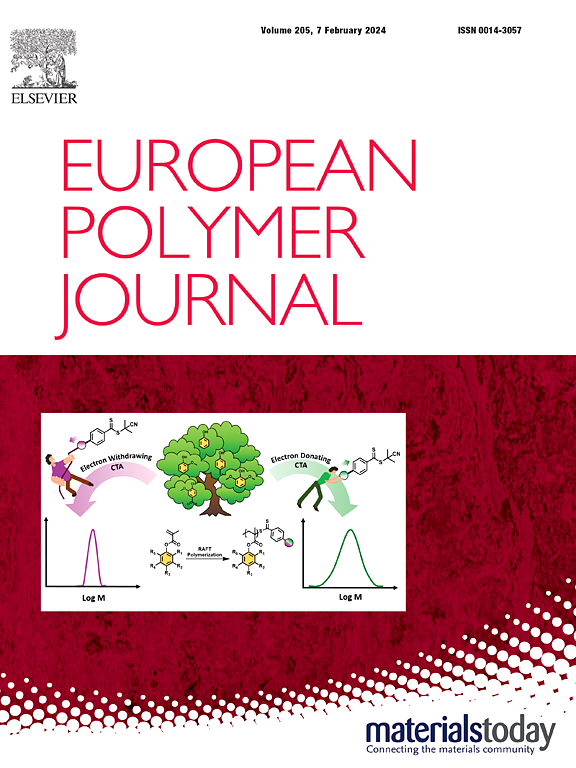Rational molecular Design: Advances in Stimuli-Responsive shape memory polymers and composites
IF 5.8
2区 化学
Q1 POLYMER SCIENCE
引用次数: 0
Abstract
Shape memory polymers (SMPs) and their composites (SMPCs), which can revert to their original shapes upon exposure to external stimuli, are emerging as smart materials for self-actuation. This review provides a comprehensive overview of the materials and applications of SMPs and SMPCs developed in recent years. Their molecular compositions that underpin unique mechanical properties and shape memory effects are examined, covering various stimuli-responsive SMPs, including heat, light, solvent, and pH-responsive types. The specific chemical bonds in the polymer structures and their reversible transformations corresponding to shape memory effects are summarized. Key innovative applications of these materials in fields such as fire alarms, smart displays, biomedical devices, and soft robotics are highlighted. Furthermore, the synthetic strategies of SMP composites are discussed. Finally, potential strategies for promoting the applications of SMPs in industrial contexts are proposed.

求助全文
约1分钟内获得全文
求助全文
来源期刊

European Polymer Journal
化学-高分子科学
CiteScore
9.90
自引率
10.00%
发文量
691
审稿时长
23 days
期刊介绍:
European Polymer Journal is dedicated to publishing work on fundamental and applied polymer chemistry and macromolecular materials. The journal covers all aspects of polymer synthesis, including polymerization mechanisms and chemical functional transformations, with a focus on novel polymers and the relationships between molecular structure and polymer properties. In addition, we welcome submissions on bio-based or renewable polymers, stimuli-responsive systems and polymer bio-hybrids. European Polymer Journal also publishes research on the biomedical application of polymers, including drug delivery and regenerative medicine. The main scope is covered but not limited to the following core research areas:
Polymer synthesis and functionalization
• Novel synthetic routes for polymerization, functional modification, controlled/living polymerization and precision polymers.
Stimuli-responsive polymers
• Including shape memory and self-healing polymers.
Supramolecular polymers and self-assembly
• Molecular recognition and higher order polymer structures.
Renewable and sustainable polymers
• Bio-based, biodegradable and anti-microbial polymers and polymeric bio-nanocomposites.
Polymers at interfaces and surfaces
• Chemistry and engineering of surfaces with biological relevance, including patterning, antifouling polymers and polymers for membrane applications.
Biomedical applications and nanomedicine
• Polymers for regenerative medicine, drug delivery molecular release and gene therapy
The scope of European Polymer Journal no longer includes Polymer Physics.
 求助内容:
求助内容: 应助结果提醒方式:
应助结果提醒方式:


